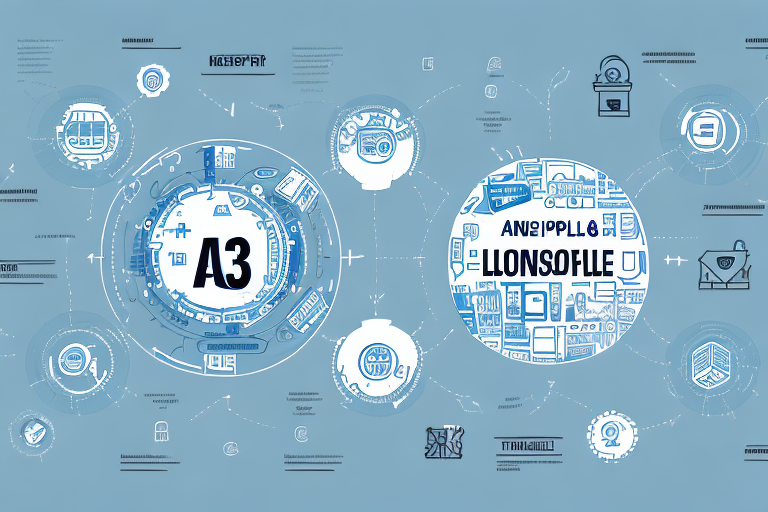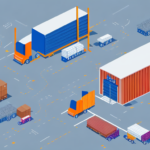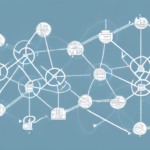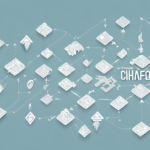Understanding 3PL and 4PL Logistics
In today's global business landscape, effective logistics management is essential for the seamless movement of goods across regions and borders. Third-party logistics (3PL) and fourth-party logistics (4PL) providers offer businesses reliable solutions to outsource and manage supply chain operations efficiently. This section explores the fundamentals of 3PL and 4PL logistics, highlighting their roles and functionalities.
What Is 3PL Logistics?
The acronym 3PL stands for "third-party logistics." A 3PL provider manages specific logistics functions such as warehousing, transportation, order fulfillment, customs brokerage, and inventory management on behalf of a company. By handling these complex operations, 3PLs allow businesses to focus on their core competencies like marketing and sales.
What Is 4PL Logistics?
4PL, or "fourth-party logistics," extends beyond the services offered by 3PL providers. A 4PL acts as a strategic partner, overseeing the entire supply chain and integrating all logistics activities. This includes process design, technology architecture, and vendor management, providing a holistic approach to supply chain management that enhances visibility, accountability, and efficiency.
Key Differences Between 3PL and 4PL Logistics
While both 3PL and 4PL providers aim to optimize logistics operations, they differ significantly in their scope and level of involvement.
Scope of Services
- 3PL: Focuses on specific logistics functions such as transportation and warehousing.
- 4PL: Manages the entire supply chain, integrating various 3PL services into a cohesive system.
Control and Responsibility
- 3PL: The outsourcing company retains some control over logistics processes.
- 4PL: The provider assumes full responsibility for the supply chain, reducing the need for internal oversight.
Advantages of Partnering with 3PL and 4PL Providers
Benefits of Using a 3PL Provider
- **Resource Optimization:** Frees up time and resources, allowing businesses to focus on their core activities.
- **Cost Efficiency:** Benefits from economies of scale and volume discounts on logistics services.
- **Expertise and Technology:** Access to advanced logistics technologies and expertise without significant upfront investment.
Benefits of Using a 4PL Provider
- **Enhanced Visibility:** Comprehensive oversight of the entire supply chain improves transparency and accountability.
- **Strategic Planning:** Facilitates better strategic planning and coordination across multiple logistics operations.
- **Cost Reduction:** Streamlines operations and identifies process efficiencies to lower overall costs.
Choosing the Right Logistics Partner for Your Business
Selecting between a 3PL and a 4PL provider depends on your business's specific needs, size, and operational complexity. Consider the following factors when making your decision:
Business Size and Complexity
Smaller businesses with straightforward logistics needs may benefit more from 3PL services. In contrast, larger enterprises with complex supply chains might find 4PL providers more suitable.
Type of Products
The nature of your products—whether perishable, high-value, or requiring special handling—can influence the choice of logistics partner.
Geographical Reach
If your operations span multiple regions or countries, a 4PL provider can offer better coordination and management across diverse geographical areas.
Cost Considerations
Evaluate the cost structures of potential providers to ensure that outsourcing logistics aligns with your budget and financial goals.
The Role of Technology in Modern Logistics
Technology is a pivotal factor in optimizing logistics operations. Both 3PL and 4PL providers leverage advanced technologies to enhance efficiency, accuracy, and visibility.
Transportation Management Systems (TMS)
TMS solutions help in planning, executing, and optimizing the physical movement of goods. They provide real-time tracking, route optimization, and cost management features.
Warehouse Management Systems (WMS)
WMS platforms streamline warehouse operations, including inventory management, order processing, and space utilization, ensuring timely and accurate fulfillment.
Emerging Technologies
- Blockchain: Enhances transparency and security in supply chain transactions.
- Artificial Intelligence: Improves demand forecasting, inventory optimization, and predictive maintenance.
- Internet of Things (IoT): Facilitates real-time tracking and monitoring of goods throughout the supply chain.
Real-Life Case Studies
Coca-Cola
Coca-Cola Bottling Co. Consolidated partners with XPO Logistics as their 4PL provider, enhancing their supply chain efficiency and visibility across multiple regions.
Lenovo
Lenovo utilizes the services of DHL Supply Chain for their warehousing and logistics operations, benefiting from DHL's global network and expertise.
Future Trends in 3PL and 4PL Logistics
The logistics industry is continuously evolving, driven by technological advancements and changing market demands. Key trends shaping the future include:
- **Increased Automation:** Use of robotics and automated systems in warehouses and transportation.
- **Big Data Analytics:** Leveraging data to gain insights and improve decision-making.
- **Sustainable Logistics:** Emphasis on eco-friendly practices and reducing carbon footprints.
- **Enhanced Real-Time Visibility:** Improved tracking and monitoring capabilities through advanced technologies.
Conclusion
Choosing between 3PL and 4PL logistics providers depends on your business's specific needs, size, and the complexity of your supply chain. While 3PLs offer specialized services that can enhance specific logistics functions, 4PLs provide a comprehensive, strategic approach to managing the entire supply chain. By understanding the key differences and advantages of each, businesses can make informed decisions that drive efficiency, reduce costs, and support long-term growth.




















